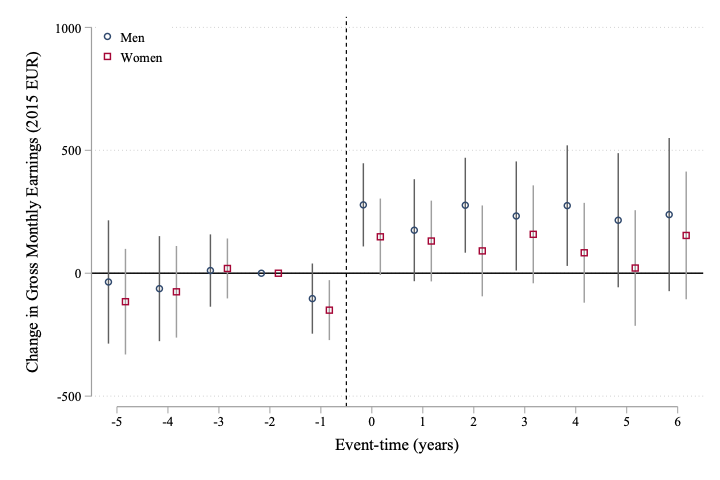Current Work-in-Progress
work_in_progress.Rmd- Inequality Measurement – A unifying framework for dynamics, multidimensionality, and uncertainty (with S. Haastert and M. Trede, Münster), SSRN 5118815
Abstract
We propose a new unifying framework for the measurement of economic inequality that incorporates dynamics, multidimensionality, and uncertainty. A dynamic social evaluation function aggregates the individual value functions, which are the solutions to the individual dynamic programming problems. The proposed inequality measure is a dynamic and multivariate version of the well-known Atkinson index. For each state variable, we minimize the total resources necessary to keep current social welfare constant. Shadow values corresponding to these optimization problems capture the trade-off across dimensions in a common metric and define the weights of each state dimension for the multivariate inequality index. This linearly decomposable index measures the weighted minimum share of the total amount of the state variables necessary to attain the current level of social welfare. The construction of this new inequality index is illustrated in a structural household life-cycle model with child care which is estimated on PSID data for married couples in the US in 2000. State variables include household wealth, and stochastic male and female wages. We show how the states do not exclusively determine the value of the inequality measure but also the future actions that arise from them, leading to important differences between the dynamic and static inequality measures. Finally, we demonstrate how a reduced-form approach can be used instead of a structural model. We deploy offline reinforcement learning techniques, specifically offline Monte Carlo prediction, to estimate the value functions, and show that in this empirical setting, reduced-form and structural approaches yield almost identical dynamic inequality measures.- The tied-mover penalty and the gender earnings gap (with F. Verga, C. Schröder, DIW), SSRN 5125826
Abstract
Job changes often require workers to relocate. However, many workers are not isolated agents but live in couples who make location decisions jointly. When relocation occurs due to a job change by the primary earner, the other partner becomes a “tied mover” who is likely to benefit less from the move; typically, the latter is the woman, and the “tied-mover penalty” then contributes to (still) persistent gender earnings and employment gaps. We find a substantial tied mover penalty in earnings for couples in Germany, who predominately move (long-distances) for reasons of work, using a dynamic event study design with a balanced synthetic comparison group to control for life-cycle confounders. The tied-mover penalty arises from being tied, since untied female movers show earnings gains that are similar to those of their male counterparts. A key driver is the increase in the male hours of work, as opposed to a wage increase. The penalty is larger for mothers of young children.

This figure contains our main results, and reveals that the economic benefits of relocation accrue exclusively to men. Depicted are the event-time dummy coefficients (in our specification with control group), estimated using the method proposed by Wooldridge (2021).
- Gender Gaps in the Urban Wage Premium (with K. Elass, Bocconi, and C. Garcia-Penalosa, AMU), CEPR Discussion Paper 19592 and CESifo Working Paper No. 11374
Abstract
We examine the economic geography of gender wage gaps to understand the role that location plays in gender earning differences. Using panelised administrative data for the universe of French workers, our findings indicate that women benefit relatively more from density than men, with an urban wage premium (return to urban density) 48% higher than for men. We identify a number of factors that explain this gap, with a large share being explained by the structure of the local labour market, notably, the extent of occupational segregation. Another important factor is commuting patterns, while childcare availability plays only a moderate role.- A Dynamic Empirical Model of Frictional Spatial Job Search (with G. Wilemme, Leicester) SSRN 4517222